I have this circuit as a white noise source (with two outputs):-
So the 24V Zener diode makes noise due to a 60uA current. This is fed into two TL082 op amps. At the op amp input, the noise level is ~4Vp-p. However, at the op amps outputs, the noise level is ~11Vp-p. Both measured with an oscilloscope.
How can this be? Clearly something's wrong. The datasheet has clear examples of this chip being used in exactly this fashion as a simple voltage follower (Figs. 19, 26 & 27). This thing is, I don't recall seeing this weirdness when I bread boarded the circuit. It only seems to be happening on the PCB. When I probe the tip of the Zener, the noise seems to be at least in the order of 20MHz. I would expect the noise output to be lower than the input due to the op amp's slew rate not coping. What's going on?
The scope grab below shows the input noise signal:-
And this is the output. Avalanche noise should be a saw wave (as is the input). What are the highlighted peaks and where are they coming from? The PCB is a single sided one plus a ground plane.


